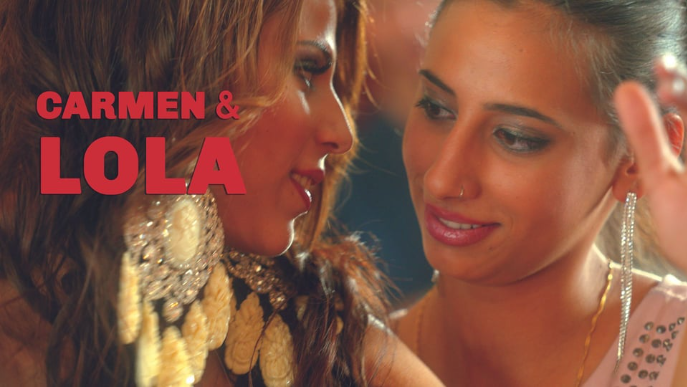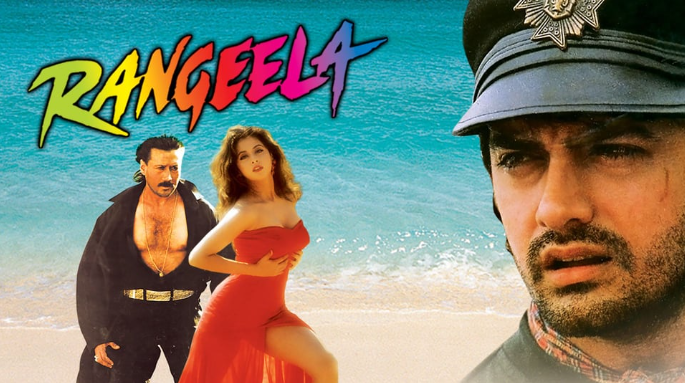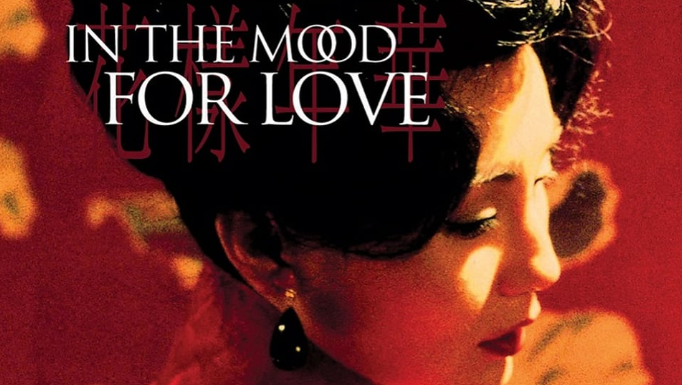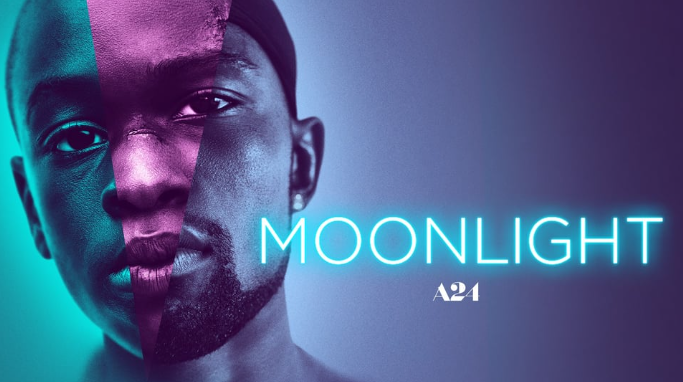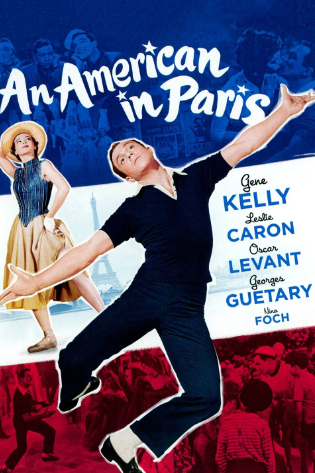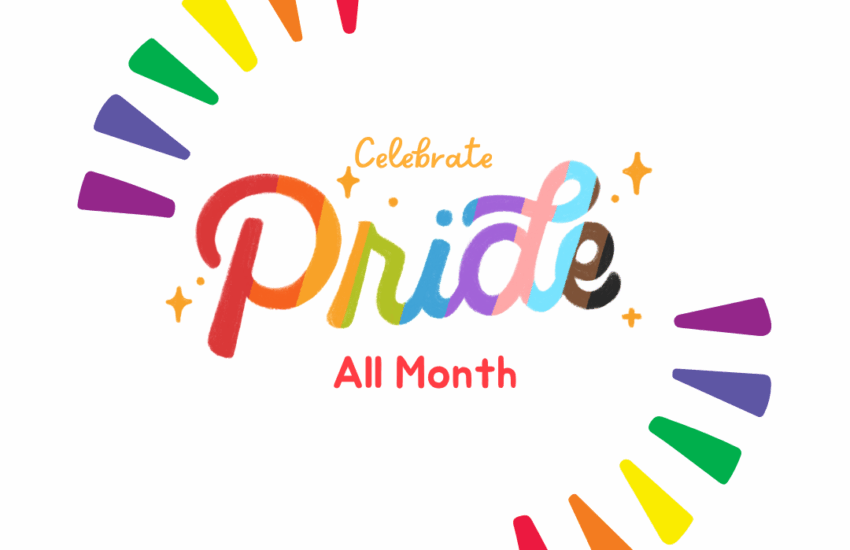What’s Love Got to Do with It?
By Hannah Herrlich, Emerging Technologies Librarian
Who Was Saint Valentine?
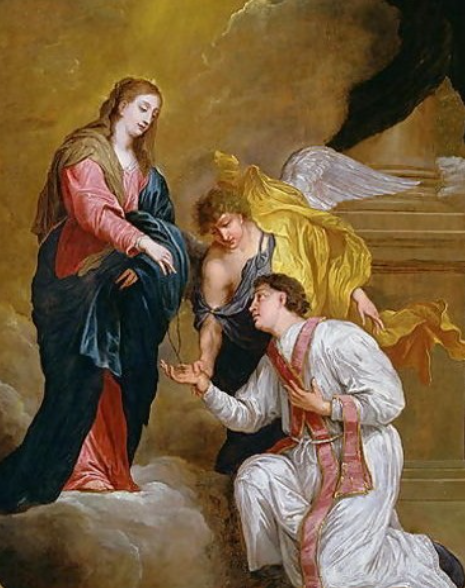
Although several notable Christian figures named Valentine have existed, Valentine’s Day may derive from a priest who was martyred around 270 BCE by the Roman emperor Claudius II Gothicus. According to legend, the priest signed a letter “from your Valentine” to his jailer’s daughter, whom he had befriended and, by some accounts, healed from blindness. Another common legend states that Saint Valentine defied the emperor’s orders and secretly married couples to spare the husbands from war (single men were thought to be better soldiers). It is for these reasons that his feast day is associated with love.
Centuries later, the Nuremberg Chronicle (1493) is believed to contain one of the earliest in-print mentions of Saint Valentine, though his role as patron saint of lovers was not mentioned.
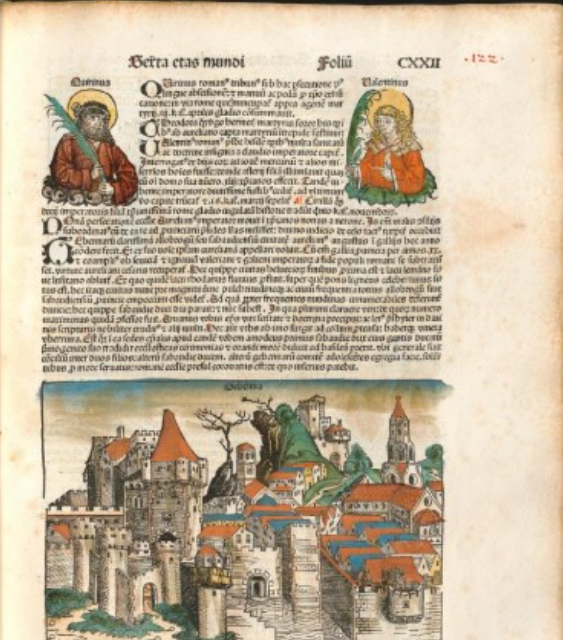
Further Reading
Though reading about Christian persecution during the Roman empire might not be how you envisioned spending Valentine’s Day, it certainly represents a more accurate portrayal of the livelihood of Saint Valentine and his fellow martyrs. Who needs romance when you have this selection of books to choose from?
- Christian Persecution, Martyrdom, and Orthodoxy by G.E.M. De Ste. Croix (Geoffrey Ernest Maurice)
- Bishops in Flight by Jennifer Barry
- Ancient Christian Martyrdom: Diverse Practices, Theologies, and Traditions by Candida R. Moss
- A Threat to Public Piety: Christians, Platonists, and the Great Persecution by Elizabeth DePalma Digeser
- The Blood of Martyrs: Unintended Consequences of Ancient Violence by Joyce E. Salisbury
- Martyrdom and Rome by G.W. Bowersock
Courtly Love
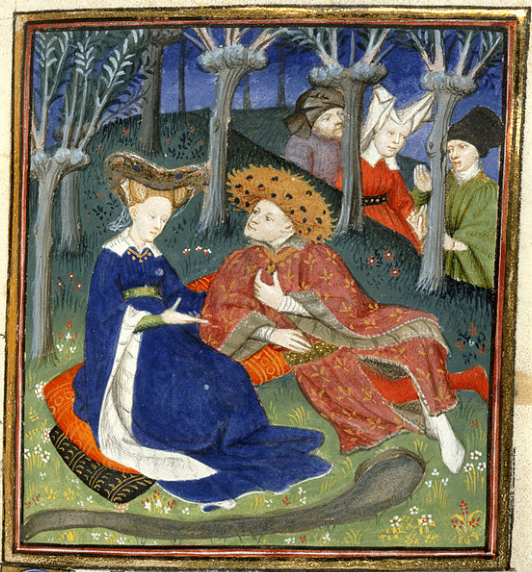
The notion that love should be interpreted through a lens of chivalry and blossoming with romance reached mainstream literature during the High Middle Ages (1000-1300). Though “courtly love” emerged centuries after Saint Valentine’s martyrdom, authors and poets began to associate “Valentine” with lovers.
The English poet Geoffrey Chaucer associates Valentine’s Day as a romantic celebration in his late 14th-century poem, The Parlement of Foulys. The story follows a female eagle who refuses to choose from among her suitors, and so Mother Nature gives her another year to decide upon a mate. In this poem, Chaucer writes, “For this was sent on Seynt Valentyne’s day / Whan every foul cometh ther to choose his mate.” This poem not only exemplifies an idealized version of love in the Middle Ages, but also represents women’s increasing power over their own love lives.
About one hundred years later, in Shakespeare’s Hamlet, Valentine’s Day is affirmed as a holiday of romance. In the play, Ophelia sings, “Tomorrow is Saint Valentine’s day / All in the morning betime / And I a maid at your window / To be your Valentine.”
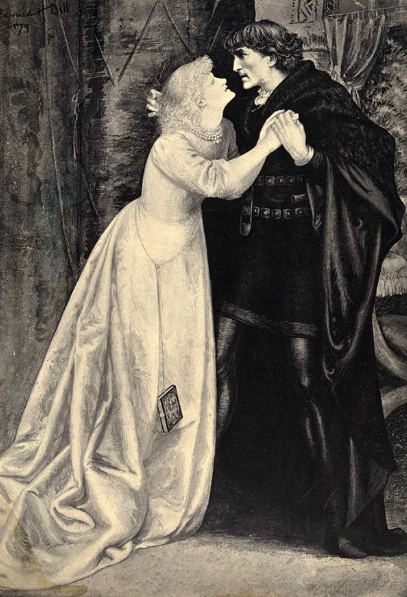
Further Reading
C. S. Lewis famously defined courtly love as “Humility, Courtesy, Adultery, and the Religion of Love.” (This is not to be confused with Lewis’ book, The Four Loves, in which he identifies empathy, friendship, romantic, and faith as the primary love bonds.) Though charming, these dramatized ideas and illusions of grandeur should be consumed with caution. So read on through the books below and discover more about the chivalrous duty of love and how this notion came to impact our vision of Valentine’s Day today.
- The Allegory of Love: A Study in Medieval Tradition by C.S. Lewis
- Chaucer and the Cult of Saint Valentine by Henry Ansgar Kelly
- The Art of Love: Amatory Fiction from Ovid to the Romance of the Rose by Peter Allen
- Writings on Love in the English Middle Ages by Helen Cooney
- Rethinking Chivalry and Courtly Love by Jennifer Wollock
- Words of Love and Love of Words in the Middle Ages and the Renaissance by Albrecht Classen
- Courtly and Queer: Deconstruction, Desire, and Medieval French Literature by Charlie Samuelson
The Birth of Valentine’s Day and Modern Romance
The practice of exchanging valentines on February 14th is a distinctly modern tradition, first popularized in the United States in the 1840s when Esther A. Howland began selling the first mass-produced valentines. Howland, also known as the “Mother of the American Valentine,” made elaborate creations with real lace, ribbons and colorful pictures known as “scrap.”
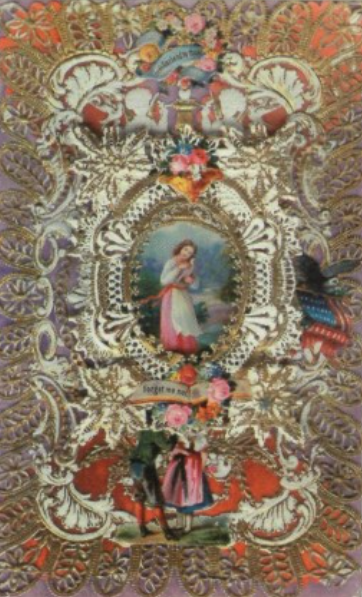
Today, the Greeting Card Association, estimates that 145 million Valentine’s Day cards are sent each year. This makes Valentine’s Day the second largest card-sending holiday of the year, second to Christmas.
Further Reading
Ah, love. There’s many interpretations and understandings of what it means to love and be loved. You might like this type of romance, or that type of romance, both, or none whatsoever. Regardless, these books serve as good navigational tools for mapping out love in the world today.
- The Radicalism of Romantic Love: Critical Perspectives by Renata Grossi
- How We Love: Notes on a Life by Clementine Ford
- Love: A New Understanding of an Ancient Emotion by Simon May
- Love in the Time of Contagion by Laura Kipnis
- Trans Love: An Anthology of Transgender and Non-Binary Voices by Freiya Benson
- Wedding Toasts I’ll Never Give by Ada Calhoun
And if watching movies is more your speed, these films are easily accessible through the video databases, Kanopy and Swank.
But Wait, There’s More!
Exploring Depictions of Love Through the Ages, in Fordham University Libraries Digital Collections
Though the history behind Valentine’s Day is somewhat murky, depictions of love in all artforms have been cemented into human history. Discover how love has been represented through various time periods and visual mediums, through our Digital Collections:
Relief of Eros and Psyche
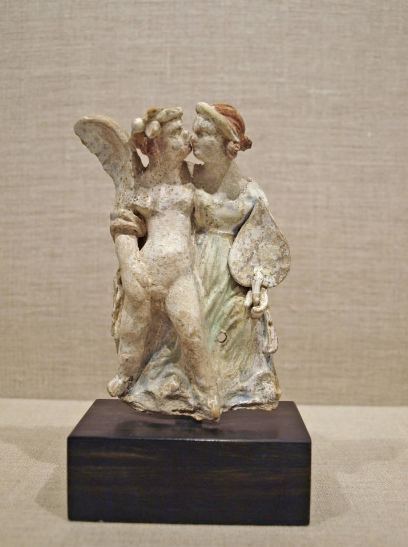
Description
The myth of Eros (Cupid) and Psyche comes from the story The Golden Ass by Apuleius. The goddess Venus (Aphrodite) becomes jealous of the beautiful mortal Psyche and sends her son Eros to strike Psyche with an arrow that makes her infatuated with a wretched man as revenge. Instead, Eros and Psyche fall madly in love
Lamderg and Gelchossa
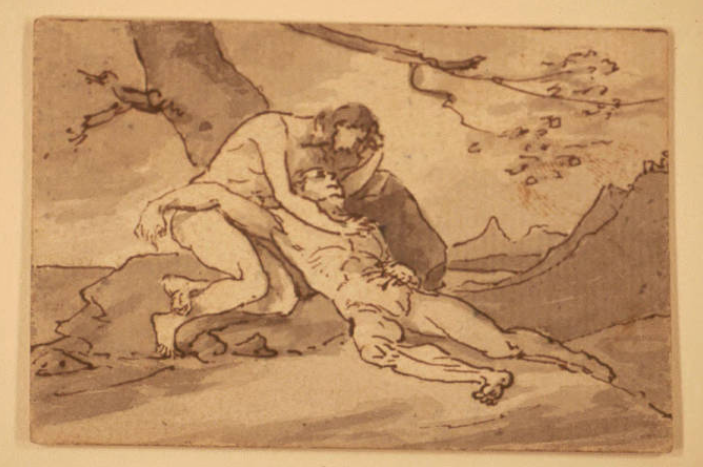
Description
Trumbull is the first American artist known to have painted a scene from James MacPherson’s Poems of Ossian (1765). Lamderg is shown expiring in the arms of his wife, Gelchossa, after rescuing her from and being mortally wounded by his enemy, Ullin.
From the Poems of Ossian:
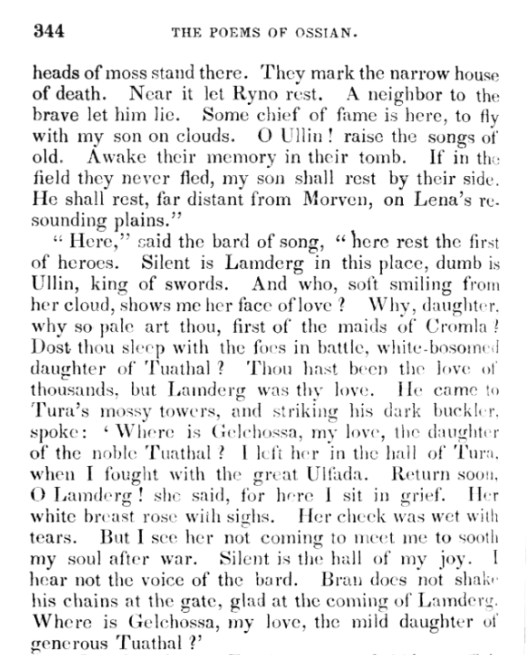
Cuban Love Song
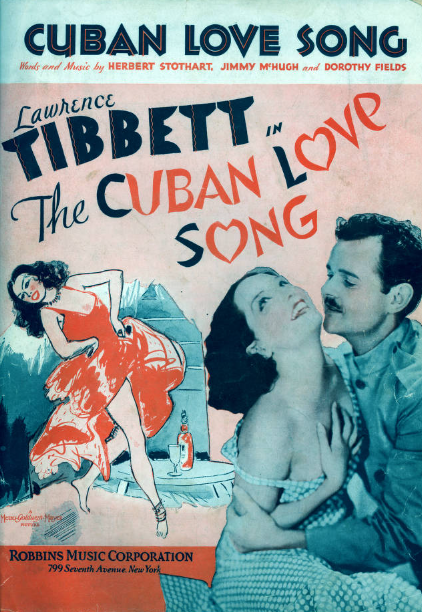
Description
Lawrence Tibbett in The Cuban Love Song. You can listen to the self-titled song from the film, here.
We hope that you had a Happy Valentine’s Day and continue to celebrate love in whichever way that means for you! From your Fordham University Libraries. 💖
